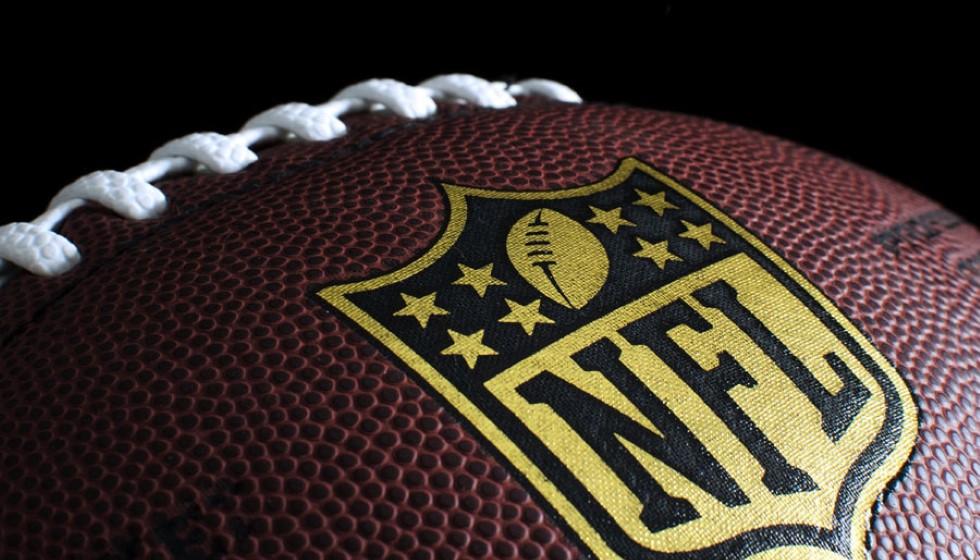
As Saquon Barkley etched his name into NFL history, he joined an elite roster of running backs who have surpassed the milestone of 2,000 rushing yards in a single season. This achievement places him as the ninth player to reach this lofty pinnacle, a testament to his remarkable talent and steadfast dedication.
Barkley's accomplishment is not only personal but also significant within the league's competitive landscape. He is the first running back to hit this mark since Derrick Henry's electrifying season in 2020. Barkley's prowess on the field has not only garnered individual accolades; it has also propelled his team forward, steering them into playoff contention. This feat makes him the seventh 2,000-yard rusher to lead his team to the postseason.
A Challenge Beyond Measure
Despite the rarity and difficulty of a 2,000-yard season, only one running back has managed to convert such brilliance into ultimate team success. Terrell Davis stands alone in securing a Super Bowl victory during his 1998 campaign, a year when he also had the advantage of a top-tier quarterback performance by his side. Davis's quarterback during his historic run was none other than John Elway, who, like Davis’s rushing, was in top form.
The connection between a running back's success and the performance of their quarterback is further underscored by Derrick Henry's journey. Henry's quarterback was among the top five in passer rating during his monumental season, providing a balanced offensive assault that undoubtedly contributed to Henry's success. Similarly, this season, Jalen Hurts ranks in the top five for passer ratings, potentially laying a foundation for Barkley's achievement to translate into substantial team success.
The Symbiosis of Rushing and Passing
The interplay between dominating rushers and competent quarterbacks continues to be highlighted over the years. When examining other 2,000-yard seasons, variations in quarterback performance present an intriguing narrative. Adrian Peterson, who reached the 2,000-yard club, had Joe Webb under center. Conversely, Jamal Lewis was paired with Anthony Wright, while Eric Dickerson's heroic season was supported by Jeff Kemp. These contrasts emphasize how stellar rushing can occur even when the passing game does not lead the league.
Yet, it is unquestionable that a top-flight quarterback can elevate a team from mere statistics to championship contention. Terrell Davis and Denver Broncos' 1998 campaign exemplify the peak of such synergy. Davis not only dominated the regular season but became pivotal in the postseason, averaging 156 rushing yards per game and scoring three touchdowns per game during the Broncos’ Super Bowl XXXIII triumph.
The Impact of Barkley's Achievement
In the current NFL season, Barkley's performance has created a ripple effect, inspiring his teammates and bolstering his team's offensive strategies. His ability to break free and gain substantial yardage shifts the focus of opposing defenses, often providing his quarterback with more opportunities to excel.
The prospects of Barkley guiding his team deep into the postseason hold significant weight. With the guidance of a high-ranking quarterback, in this case, Jalen Hurts, there exists the possibility of achieving what only one in nine such instances have ever done—turn a 2,000-yard season into Super Bowl glory.
As fans, analysts, and enthusiasts reflect on Barkley's achievement, there's an acknowledgement that such rare milestones elevate the game itself. It reaffirms the transcendent potential that resides within the NFL, where extraordinary talents can redefine team trajectories and create lasting legacies.
The journey from achieving individual feats to securing collective success is fraught with challenges and unpredictability. Yet, for Saquon Barkley and his team, the path is marked by a blend of anticipation and promise, as they navigate their way towards the shining heights that Terrell Davis once conquered.